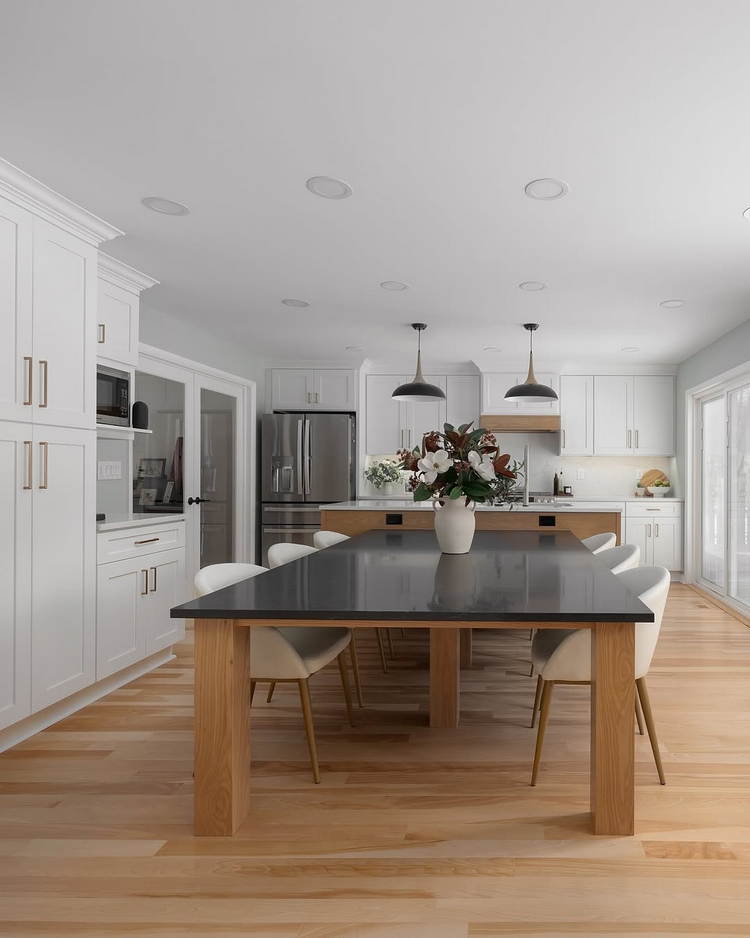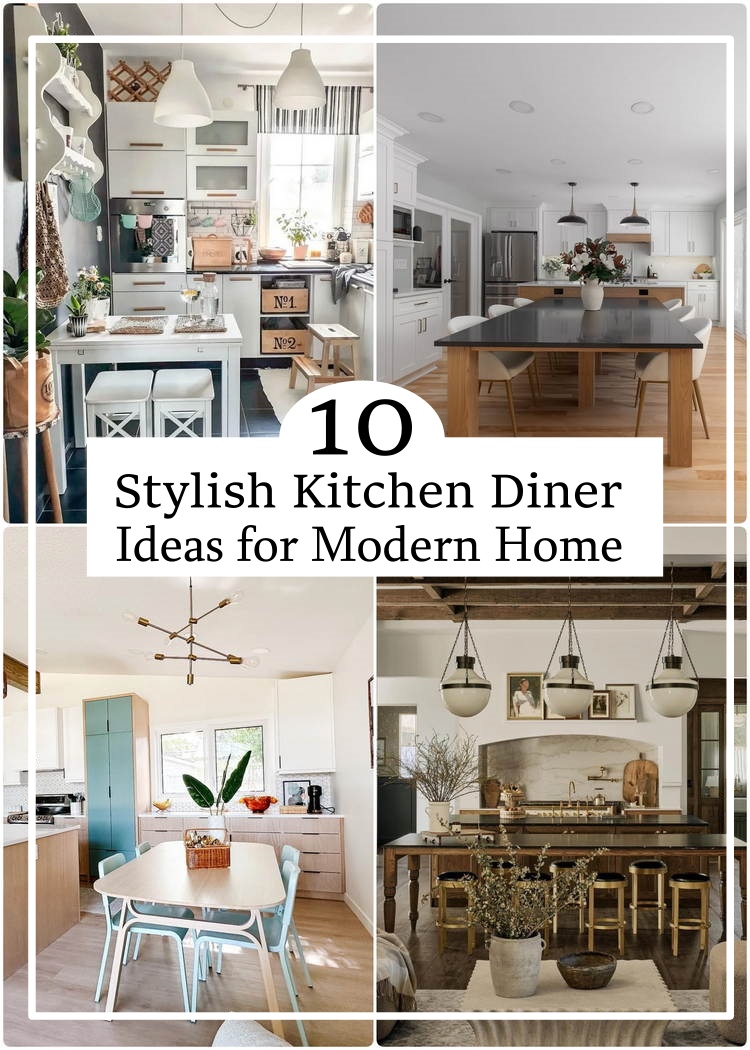Open Plan Kitchen Diner: Benefits and Design Strategies
The open plan kitchen diner has surged in popularity for modern homes, due to the seamless integration of cooking, dining, and entertaining spaces. This layout offers numerous benefits, including the enhancement of social interaction, the illusion of added space, and an efficient use of available area. When planning an open plan kitchen diner, maintaining a balance between openness and functionality is essential to create a welcoming and practical environment.
Layout and Flow
Carefully considering the layout can greatly influence the success of an open plan kitchen diner. Arranging the kitchen and dining zones to facilitate a smooth flow is paramount. Positioning major kitchen appliances and workstations in a triangle formation ensures efficient workflows, while the dining area should be within easy reach yet distinct enough to prevent interference. Using an island or a breakfast bar as a transitional element between the kitchen and dining space not only helps in maintaining an open concept but also serves as an additional preparation or dining surface.
Integration and Balance
Integrating the kitchen and dining areas involves a thoughtful selection of materials and design elements that complement each other. The kitchen and dining furniture should harmonize in terms of style, color, and texture to achieve a cohesive look. Opting for a consistent palette and repeating elements, such as matching cabinetry and dining chairs, can unify the two areas. Introducing multifunctional furniture, like extendable tables and storage benches, can enhance the utility without compromising on aesthetics.
Enhancing Aesthetics
Aesthetic appeal in an open plan kitchen diner can be further elevated through strategic design elements. Lighting plays a crucial role; using pendant lights above the dining table and recessed lighting in the kitchen can delineate the two areas while providing appropriate illumination. The incorporation of open shelving and well-placed artwork can add personality and warmth to the space. Lastly, maintaining a clear and uncluttered environment with ample storage solutions ensures that the area remains inviting and visually pleasing.
Creating an open plan kitchen diner that is both stylish and functional involves a delicate balance of design strategies. Focusing on layout, flow, integration, and aesthetic enhancements will result in a space that is not only beautiful but also a joy to use for cooking, dining, and socializing.
Small Kitchen Diner
To create a stylish small kitchen diner that balances both style and functionality, incorporating cohesive design elements is essential. Choose multifunctional furniture with clean lines to create a seamless look, such as a foldable dining table or built-in benches with hidden storage. Effective lighting techniques, such as under-cabinet lighting and pendant lights, can enhance the ambiance and functionality of the space.
Opt for a neutral color palette with pops of color through accessories or a statement wall to maintain a modern and inviting feel. Integrate open shelving to display beautiful kitchenware, combining aesthetics with practicality. These strategies ensure that a small kitchen diner remains both visually appealing and highly functional.
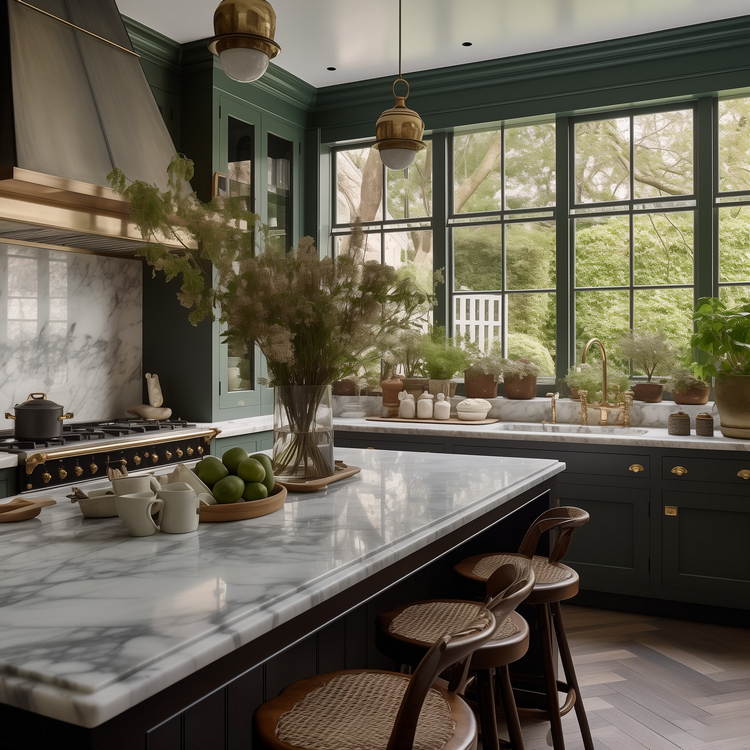
Stylish Kitchen Diner Spaces
To maximize style and space in a kitchen diner, embracing an open-plan concept is key. This design seamlessly combines cooking and dining areas, creating a spacious environment that encourages social interaction and fluid movement. Open-plan kitchen diners often benefit from enhanced natural light, making the space feel larger and more inviting. Integrating dining spaces directly with kitchens not only boosts functionality but also enhances the overall aesthetic,
providing a cohesive and modern feel. The use of multifunctional kitchen furniture, such as island units that double as dining tables or storage-enhanced benches, is crucial in optimizing space. These pieces contribute to a streamlined look while offering versatile solutions for limited areas. By thoughtfully combining these elements, a kitchen diner becomes both a stylish and efficient heart of the home, perfectly suited to contemporary living needs.
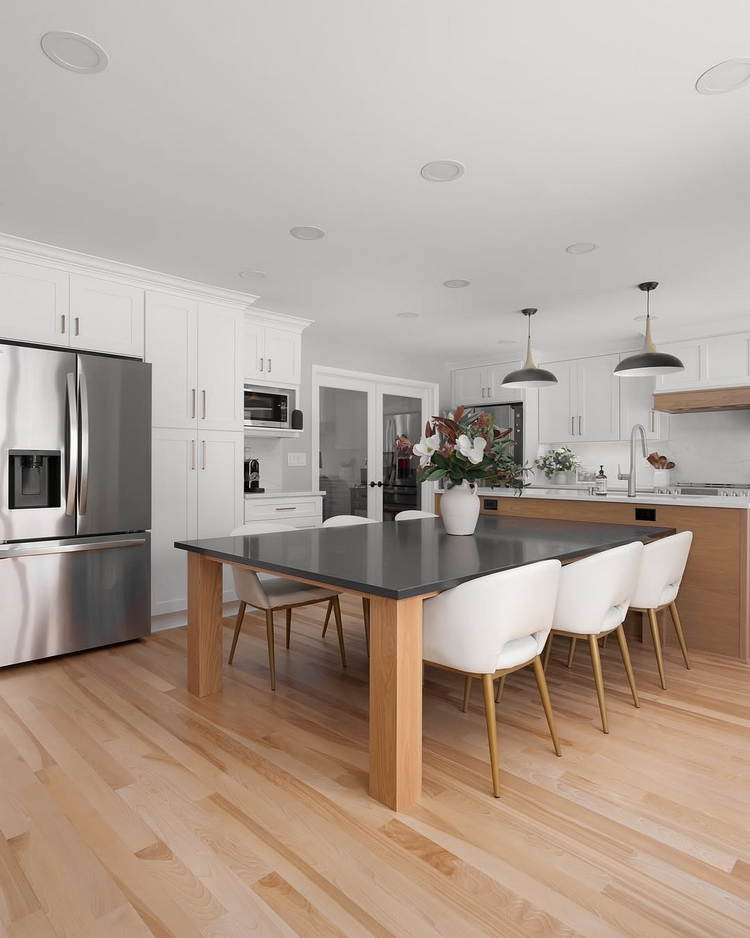
Cozy Kitchen Diner Accents
Creating a cozy kitchen diner enhances the heart of the home by making it more inviting and comfortable for both everyday meals and gatherings. Key ideas include adopting warm color palettes, using natural materials like wood and stone, and incorporating adequate lighting to create a warm ambiance. Adding soft furnishings such as cushions and throws further enhances the coziness.
Utilizing rustic and vintage decor pieces can add personality and charm to the space. The benefits of a cozy kitchen diner are numerous, from creating a more pleasant cooking environment to encouraging family and friends to linger longer. It is beneficial to experiment with different cozy kitchen design ideas, mixing and matching various elements to find what works best for the space. Personal touches and seasonal accents can be integrated to keep the area feeling fresh and welcoming year-round. Experimenting with different accents ensures a unique and personalized cozy kitchen diner.
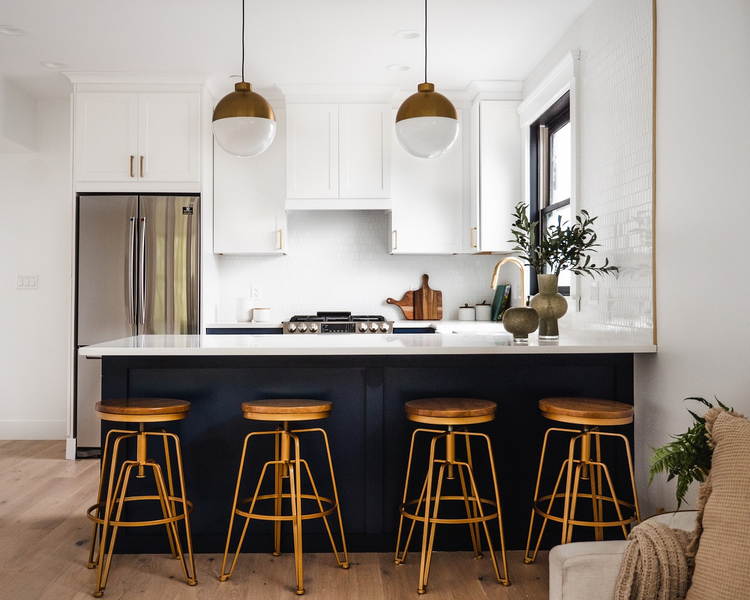
Cozy Kitchen Diner Designs
Creating a cozy kitchen diner is an essential trend in modern home design, reflecting a shift towards more inviting and harmonious living spaces. These designs seamlessly blend functionality with warmth, fostering an environment where cooking and dining become a shared, enjoyable experience. Key elements include warm color palettes, natural materials like wood and stone, and thoughtful lighting solutions that maximize natural light. Incorporating elements such as open shelving, vintage decor accents, and soft textiles add layers of comfort and personality to the space.
The importance of natural light in a cozy kitchen diner cannot be overstated, as it enhances the warmth and appeal of the design. Modern cozy designs also emphasize space optimization, ensuring every inch is used effectively without compromising on comfort. Integrating these essential kitchen elements results in a space that not only looks beautiful but also feels inviting and homely, enhancing the overall ambiance of modern living spaces.
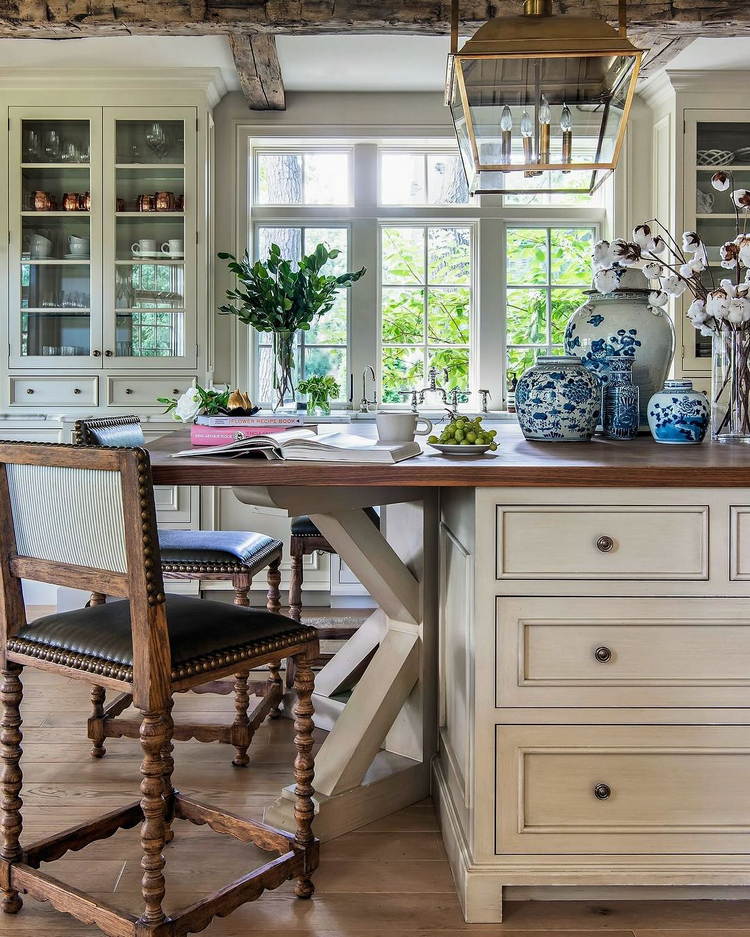
Family-Friendly Kitchen Diner
Creating a safe and family-friendly kitchen diner involves various essential considerations to ensure a secure environment for all ages. Child-proofing the kitchen is critical, and measures like using cabinet locks to restrict access to harmful substances, securing heavy objects, and covering sharp edges can prevent accidents. Selecting safe kitchen appliances is also vital; appliances with automatic shut-off features and child safety locks can significantly reduce risks.
Designating kitchen safe zones is another important strategy. Establishing specific areas for food preparation, cooking, and eating helps keep children away from potential hazards such as hot stoves and sharp utensils. Additionally, creating a dedicated play area within sight but away from dangerous zones allows children to be part of the kitchen activities safely. Implementing these family kitchen safety measures ensures that the kitchen diner remains a functional and enjoyable space for everyone, regardless of their age.
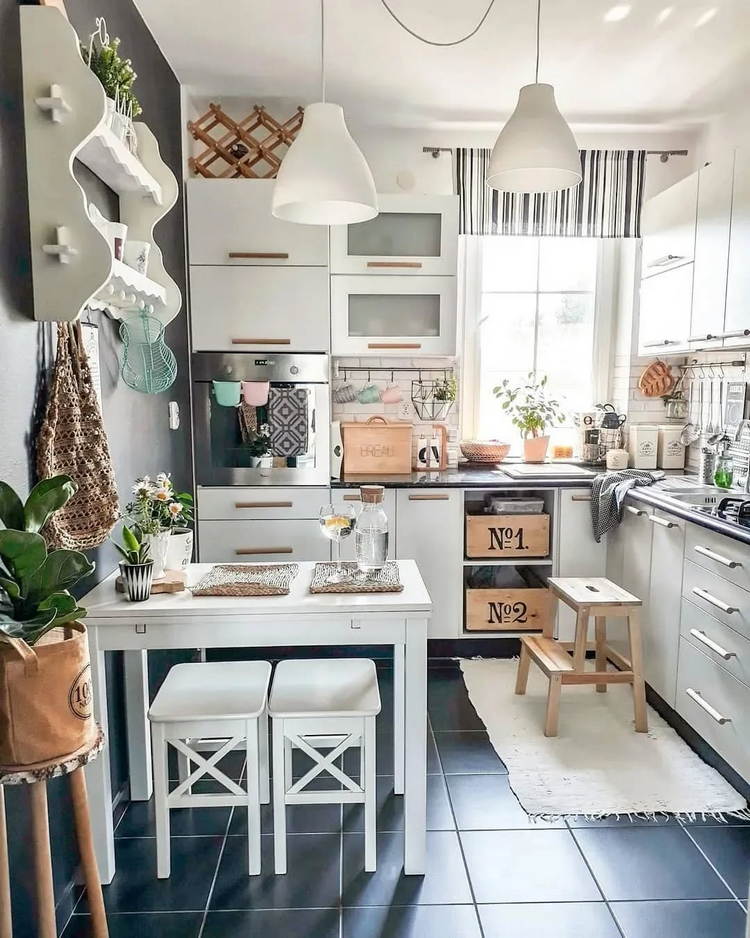
Functional Kitchen Diner Layouts
The importance of functional kitchen diner layouts cannot be overstated, as they play a pivotal role in enhancing both home efficiency and overall enjoyment. A well-planned kitchen diner seamlessly integrates cooking, dining, and socializing areas, making daily routines smoother and more enjoyable. Popular kitchen diner layouts such as open-plan designs promote a sense of spaciousness and fluidity, ideal for modern living.
L-shaped kitchens optimize corner spaces and provide ample counter area, while U-shaped kitchens are perfect for those needing extensive storage and workspace. The kitchen island layout is known for its versatility, offering additional preparation space, dining options, and storage. Similarly, peninsula designs extend the counter space and work well in smaller kitchens by creating an additional breakfast bar or working area.
Employing these varied layouts not only boosts kitchen efficiency but also fosters a welcoming and interactive atmosphere, transforming the kitchen diner into the home’s vibrant heart.
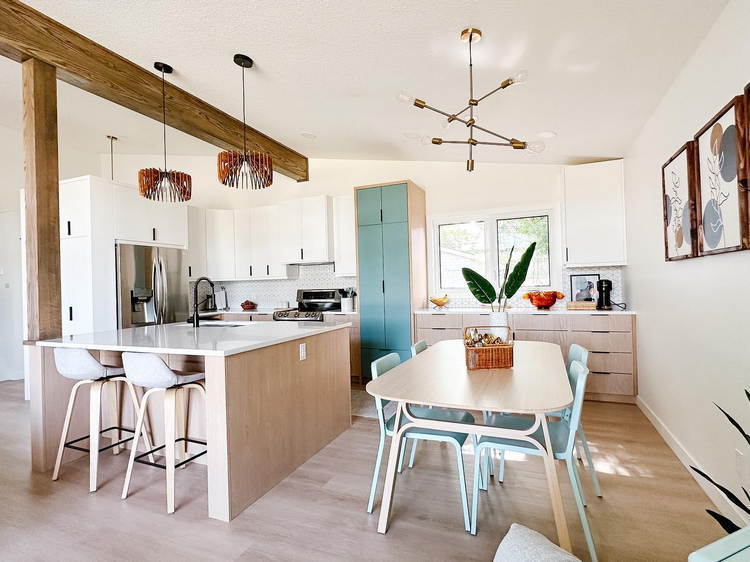
Modern Kitchen Diner Concepts
Without access to specific content from the Instagram link provided, the response will focus on general principles of achieving an aesthetic fusion of kitchen and dining areas.
Seamless kitchen transitions are key to integrating these spaces effectively, enhancing both functionality and visual flow. Implementing a cohesive kitchen design can unify the overall aesthetic, achieved through consistent use of colors, materials, and styles across cabinets, countertops, and decor. For example, using a similar wood finish for both dining furniture and kitchen cabinetry can create visual symmetry.
Incorporating natural kitchen elements, such as stone countertops or wooden accents, adds texture and warmth, making the space inviting and cohesive. Large windows or glass doors can further this integration, drawing in natural light and offering views of the outdoors, thereby blending the indoor areas with the natural environment. Thoughtful placement of greenery or herb planters can infuse life and create a seamless connection between the cooking and dining areas, completing the aesthetic kitchen fusion.
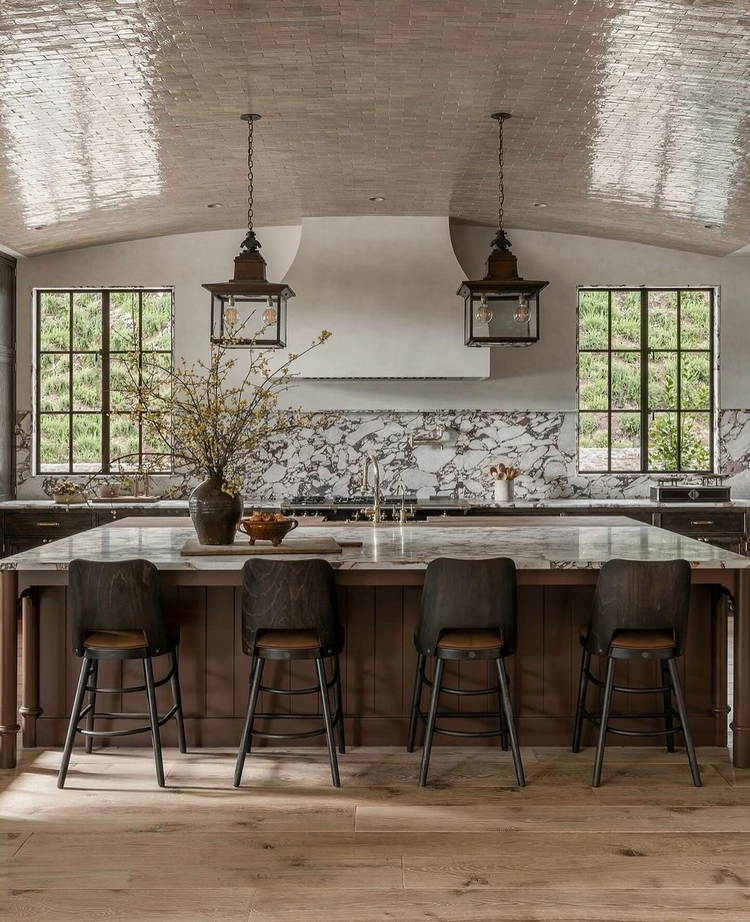
Open-Plan Kitchen Diner
Open-plan kitchen diner designs come with several challenges, but practical solutions can transform these spaces into functional and harmonious areas. Addressing noise control is essential, as sounds from the kitchen can easily travel to dining areas. Incorporating soft furnishings, such as rugs and upholstered chairs, can help absorb sound. Maintaining kitchen tidiness is another common issue; opt for smart storage solutions like pull-out pantry shelves and hidden cabinets to keep the space clutter-free. For effective organization, creating distinct zones within the open-plan area can streamline activities. Using different materials or color schemes for the kitchen and dining spaces can subtly define these zones while maintaining a cohesive aesthetic. By implementing these open-plan design solutions, a balance between style and practicality is achieved, resulting in a pleasant, functional open-plan kitchen diner.
Keywords included: challenges in open-plan kitchen diner, open-plan noise control, kitchen organization tips, maintaining kitchen tidiness, open-plan design solutions.
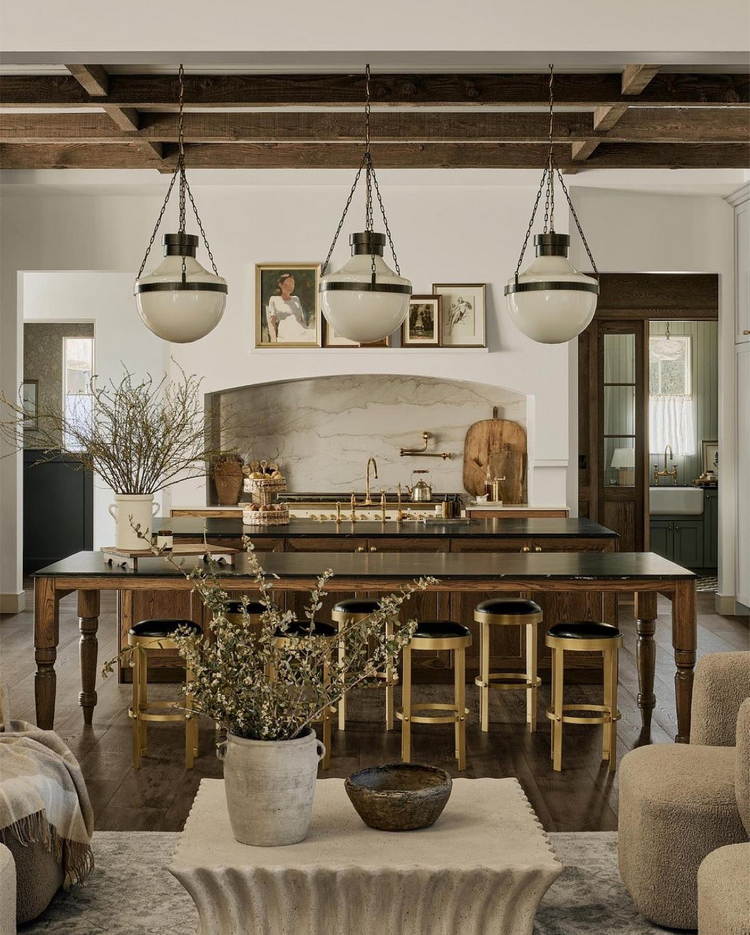
Simple Kitchen Diner Decor
To achieve a balanced kitchen diner space, thoughtful spatial arrangement is key. Positioning seating to create natural flow while maintaining access to key kitchen areas is essential. Balancing functionality with aesthetics requires multifunctional furniture that complements the overall design. Choose pieces that offer both beauty and practicality, like stylish storage solutions that hide kitchen appliances. Minimalism plays a crucial role in maintaining a clutter-free environment; keeping countertops clear and incorporating hidden organizers can help. Open shelves or glass-front cabinets provide a minimalist yet visually appealing way to display kitchen essentials. Decluttering the kitchen space involves regular clearing out of unnecessary items and using drawer dividers for better organization. Emphasize simplicity and clean lines to create a cohesive and serene kitchen diner design.
Keywords included: balanced kitchen diner space, spatial arrangement tips, functional kitchen decor, aesthetic kitchen design, minimalism in kitchen, decluttering kitchen space.
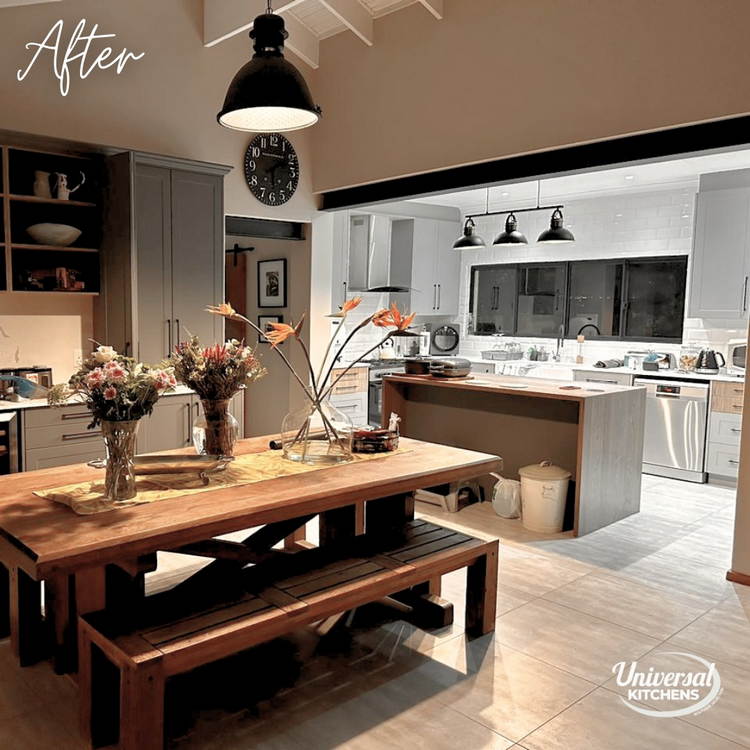
Smart Kitchen Diner Features
Incorporating voice-activated assistants like Alexa and Google Assistant into a kitchen diner space adds convenience and efficiency to daily routines. Using voice control in a kitchen diner allows for hands-free operation of various tasks, providing the ability to set timers, play music, and manage shopping lists. For example, Alexa can be used in the kitchen to control smart appliances or even search for recipes without needing manual input. Google Assistant offers similar benefits, such as adjusting smart lighting or thermostats, enhancing the overall cooking and dining experience. Multitasking becomes more manageable, allowing one to supervise cooking times while simultaneously handling other chores. The integration of voice-activated assistants ensures a seamless and organized kitchen environment.
Keywords included: voice-activated assistants, Alexa in kitchen, Google Assistant kitchen uses, voice control in kitchen diner, hands-free kitchen.
